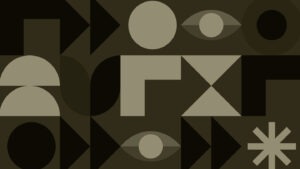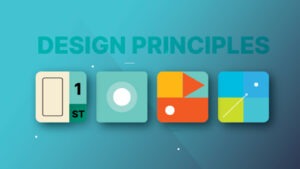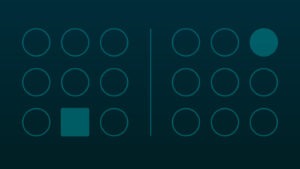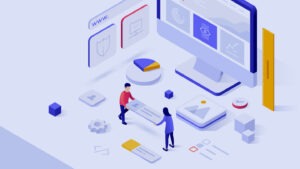Motivating with Goal-Gradient Effect
The UX team is constantly exploring the interplay of behavioral psychology, user interface design, and e-commerce design patterns. One such interplay is the Goal-Gradient Effect.
Thank you for reading this post, don’t forget to subscribe!
Imagine if there was a simple yet powerful psychological principle, a design pattern, that could supercharge engagement and that has a proven track record of higher usage rate for satisfaction and retention. Enter the goal-gradient effect, a fascinating phenomenon rooted in human psychology. It reveals how our motivation spikes when we see the finish line in sight. Just like runners sprinting towards the end of a race, users become more engaged and committed as they progress through tasks or milestones.
Before we explore the practical applications, let’s start with the research by Ran Kivetz, Oleg Urminsky, & Yuhuang Zheng in their 2006 paper titled The Goal-Gradient Hypothesis Resurrected: Purchase Acceleration, Illusionary Goal Progress, and Customer Retention.
After conducting various field experiments, the authors made the following key findings:
- Participants in a cafe reward program purchase coffee more frequently the closer they are to earning a free drink
- The illusion of progress toward the goal induces purchase acceleration
- A stronger tendency to accelerate toward a goal predicts greater retention and faster reengagement in a program
- If the perception of the reward remains too far off, then people are unlikely to exhibit goal-gradient behavior.
Let’s start with the late-stage purchase funnel of one of our sites and then consider the effect for account-based loyalty programs.
The purchase funnel is a conceptual framework used in sales to refer to a sequence of stages, each reflects a change in the customer’s mindset and level of engagement. It’s a familiar framework.
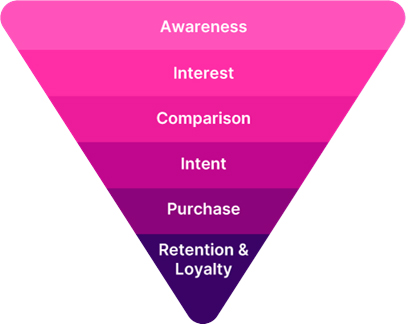
The late stages of the purchase funnel include Intent, Purchase, and Retention & Advocacy. Once a customer has added an item to their cart, they have moved into the Intent stage. Now the customer mindset is split between purchasing and last minute considerations: e.g: Shipping dates, promotions, late-stage product comparisons.
At this stage in the funnel, the shopper is focused on closing the transaction. Therefore, we chose to limit distractions, remove the header navigation, and added a stepper.
A stepper is a goal-gradient component used to guide customer through a multi-step workflow. It consists of a series of sequential steps, each representing a distinct stage on the path to completion. Once a stage is completed, it is usually marked with an icon or checkmark as a form of validation. We tested the stepper back in May, 2022 with a conversion increase generating an estimated $2.55M for the year.
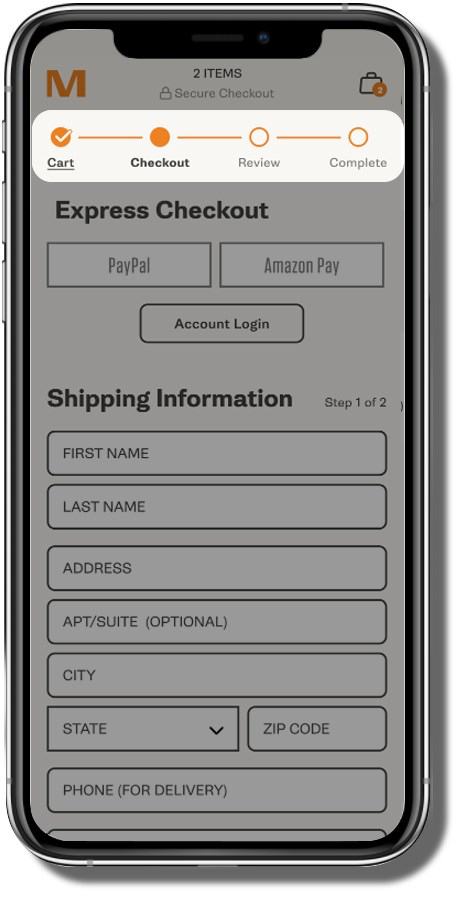
So that’s the goal-gradient effect, but how can we apply this to something like Retention & Advocacy?
After the purchase, there’s an excellent opportunity to build brand loyalty. With a strong reason to believe and incentives to boot, customers could create and build their accounts using post-purchase data like product, shipping and billing information. The UX team has worked on concepts for this already but we are looking to align the business strategy with our proposed experience. At this point in the purchase funnel, shoppers are more likely to convert if the incentives are great enough and the milestone is a click away.
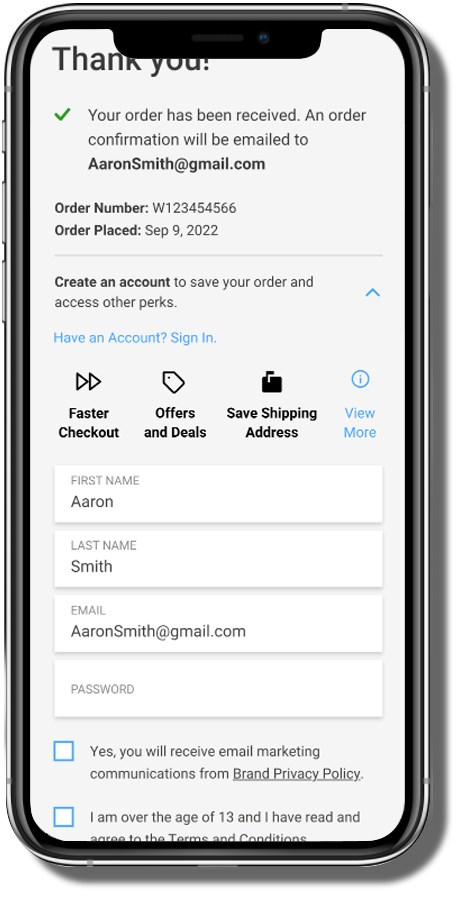
Most people leave loyalty programs because the perception of the rewards remains too far off. 1. 2. 3. A good example here is frequent flyer miles. Unless one is traveling at a corporate level, it’s hard to cash in those points. That said the purchase of a $100+ pair of shoes generate some form of currency.
The goal-gradient effect for loyalty programs is to offer incentives after only a few steps in the journey. Think of the opportunity of gifting branded items or having first-access to collaborations or exclusive products after 3 purchases. Customers want value and loyalty more than 10% off their purchase.
In conclusion, the Goal-Gradient Effect presents a compelling opportunity for us to enhance the user engagement and drive desired behaviors within our e-commerce platform. Understanding human behavior and leveraging strategies like progress bars, steppers, and other goal-gradient components, we can create experiences that not only guide shoppers through the journey but also motivate them to become consumers, loyal consumers.
I invite you to think about the motivation inherently built within the Goal-Gradient Effect and create meaningful, impactful experiences for your customers and your business. Go forth and be awesome!
And if you’re wondering if your creative is resonating with shoppers, reach out to us. We can test your ideas.

